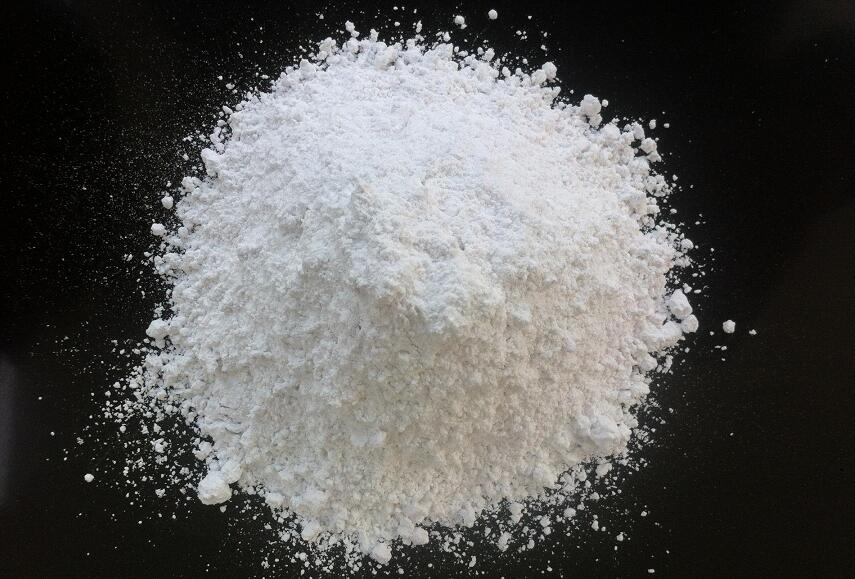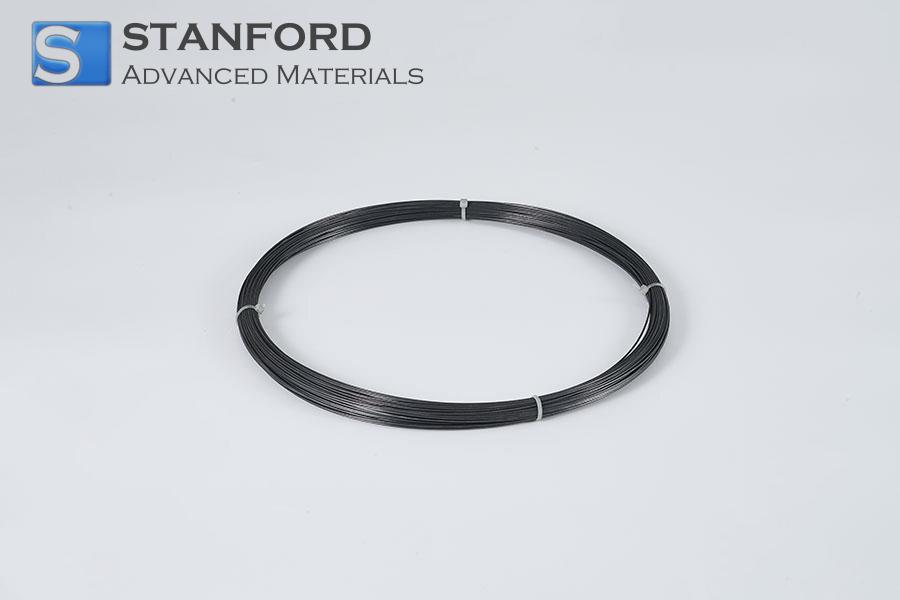Barium Titanate - The Backbone Of The Electronic Ceramic Industry
Barium titanate(BaTiO3) is a dielectric composite material. It is one of the most used materials in electronic ceramics. It is employed mainly for the manufacture of ceramic multilayer capacitors, multilayer substrates, electro-optical display panels, semiconductor materials and coatings.

Barium titanate melts congruently at a melting point of 1618°C. It dissolves in concentrated sulphuric acid, hydrochloric acid and hydrofluoric acid but is insoluble in hot, diluted nitric acid, water and alkalies. It exhibits a high dielectric constant, low dielectric loss, ferroelectric and piezoelectric properties, as well as voltage endurance and insulating characteristics.
The Production of Barium titanate
The principal methods for producing Barium titanate are the solid-phase method and the liquid-phase method.
Solid-phase Method
The solid-phase method is a conventional preparation technique. Metal oxides or their acidic salts, which are the precursors of Barium titanate, are mixed and milled, then calcined at approximately 1100°C over an extended period. Consequently, the desired powder forms via a solid-phase reaction.
The solid-phase method is simple, established and low cost. However, the powder particles produced tend to be coarse and may contain impurities. Moreover, prolonged milling and high-temperature calcination are required, thereby consuming significant time and energy.
Liquid-phase Method
The liquid-phase method, also known as the wet chemical method, produces ultrafine powder from atoms and ions through a two-stage process of nucleation and growth. This method yields Barium titanate powder with small particle sizes and consistent morphology.
This approach includes the hydrothermal method, the sol-gel method, the chemical precipitation method and the microemulsion method. Generally, it is more suitable for producing Barium titanate powder than the solid-phase method.
Modern science and technology have resulted in electronic components that are more integrated, precise, multifunctional and miniaturised. Consequently, higher performance requirements are placed on Barium titanate. It is necessary to study and improve its properties continually to meet these technological demands.
Conclusion
We thank you for reading this article. We hope it aids in a clearer understanding of Barium titanate. If you wish to obtain further information on Barium titanate and Titanmetall, please visit Stanford Advanced Materials (SAM) for further details.
Stanford Advanced Materials (SAM) supplies titanium products such as Barium titanate to meet the research, development and production requirements of its clients. Frequent visits to manufacturers have provided direct insight into their production processes, quality control procedures, administrative and management systems. Consequently, a business relationship has been established with clients. SAM is expected to be your material supplier and business partner.

 Bars
Bars
 Beads & Spheres
Beads & Spheres
 Bolts & Nuts
Bolts & Nuts
 Crucibles
Crucibles
 Discs
Discs
 Fibers & Fabrics
Fibers & Fabrics
 Films
Films
 Flake
Flake
 Foams
Foams
 Foil
Foil
 Granules
Granules
 Honeycombs
Honeycombs
 Ink
Ink
 Laminate
Laminate
 Lumps
Lumps
 Meshes
Meshes
 Metallised Film
Metallised Film
 Plate
Plate
 Powders
Powders
 Rod
Rod
 Sheets
Sheets
 Single Crystals
Single Crystals
 Sputtering Target
Sputtering Target
 Tubes
Tubes
 Washer
Washer
 Wires
Wires
 Converters & Calculators
Converters & Calculators
 Write for Us
Write for Us


 Chin Trento
Chin Trento



